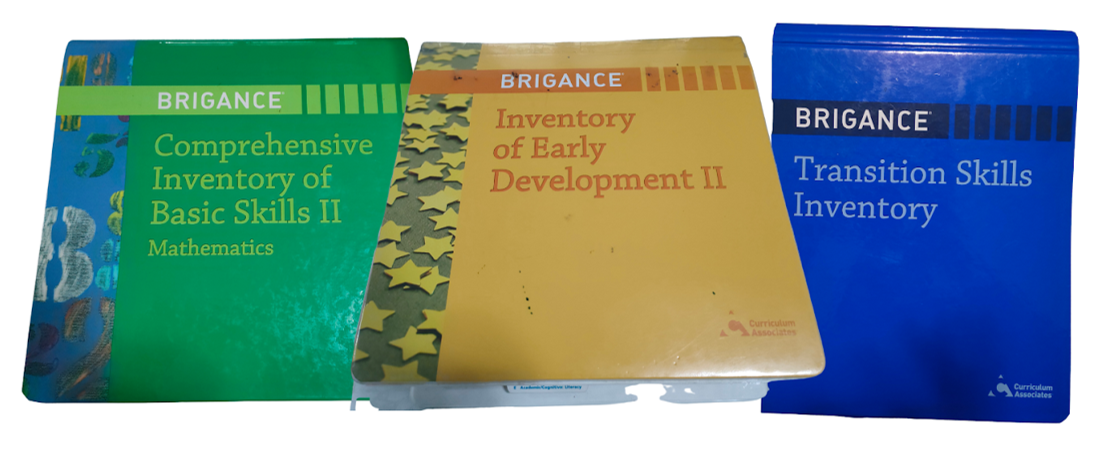
St. John Paul II Learning Center, Inc. uses the Brigance Assessment Tool for evaluating the students upon registering to our Learning Center. This is used as a screening tool to identify students who may be at risk of learning difficulties and to determine their present level of performance necessary in developing the child’s Individualized Education Program (IEP) goals and objectives. It is also used to target instruction, monitor student’s progress, support transition planning and to meet special education requirements. It is composed of three kinds:
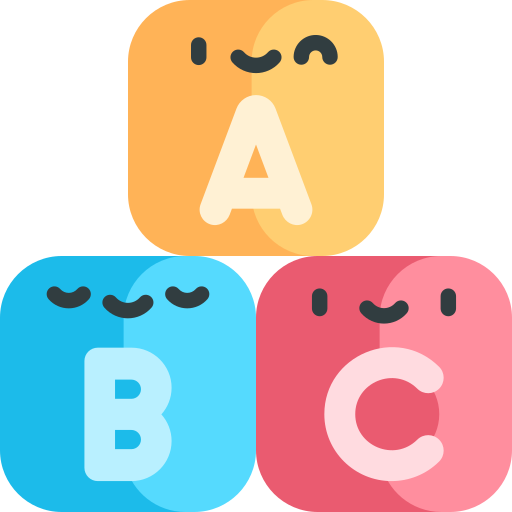
Determine present level of performance; develop measurable IEP goals and objectives, target instruction and monitor the child’s progress. This includes comprehensive skill sequences, which breakdown skills into incremental steps, allowing teachers to show growth for lower-functioning students.
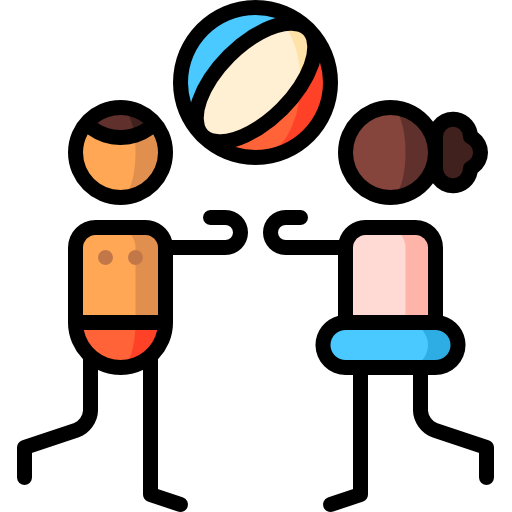
This includes instructional guidance to support teachers of all levels, including: learning objectives, rationale, sequence of skills and related skills, and teaching strategies. Take home activities are also given to families as opportunity to partner in their child’s learning and consistent of skills such as “recites alphabets, reads letters” and more.
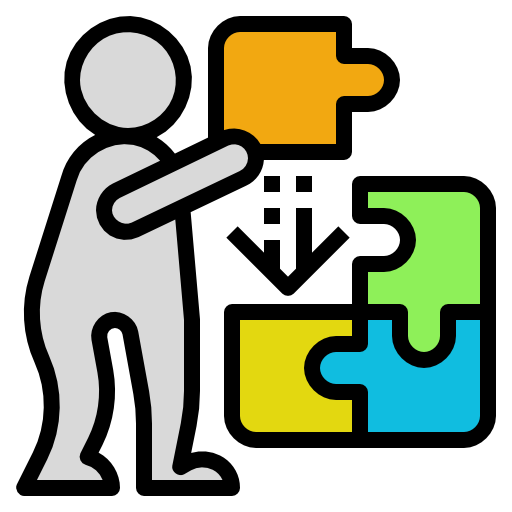
It helps teachers easily access independent living, employment and additional post-secondary skills to support transition planning in work place opportunity.
It is a document that is developed for each child who is eligible for special education. The IEP is created through a team effort by the faculty and reviewed periodically. It defines the individualized objectives of a child who has been found at risk of educational needs. This intends to help children reach educational goals more easily than they otherwise would. In all cases, the IEP must be tailored to the individual student's needs as identified by the assessment, and must especially help teachers and related service providers understand the student's disability and how the disability affects the learning process. It describes how the student learns, how the student best demonstrates that learning and what teachers and service providers will do to help the student learn more effectively. Developing an IEP requires assessing students in all areas related to the known disabilities, simultaneously considering ability to access the general curriculum and considering how the disability affects the student’s learning ability. It will show also goals and objectives that correspond to the needs of the student, in choosing a placement in the least restrictive environment possible for the student.
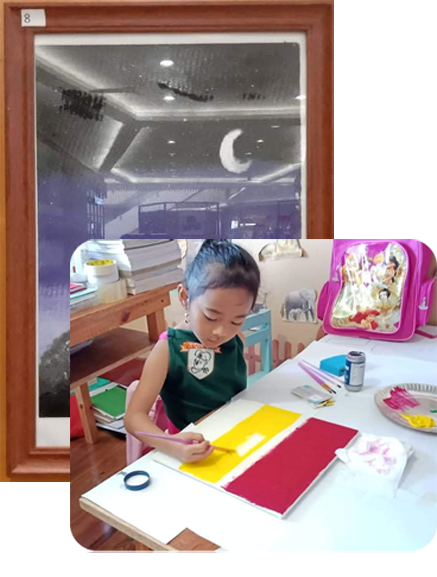
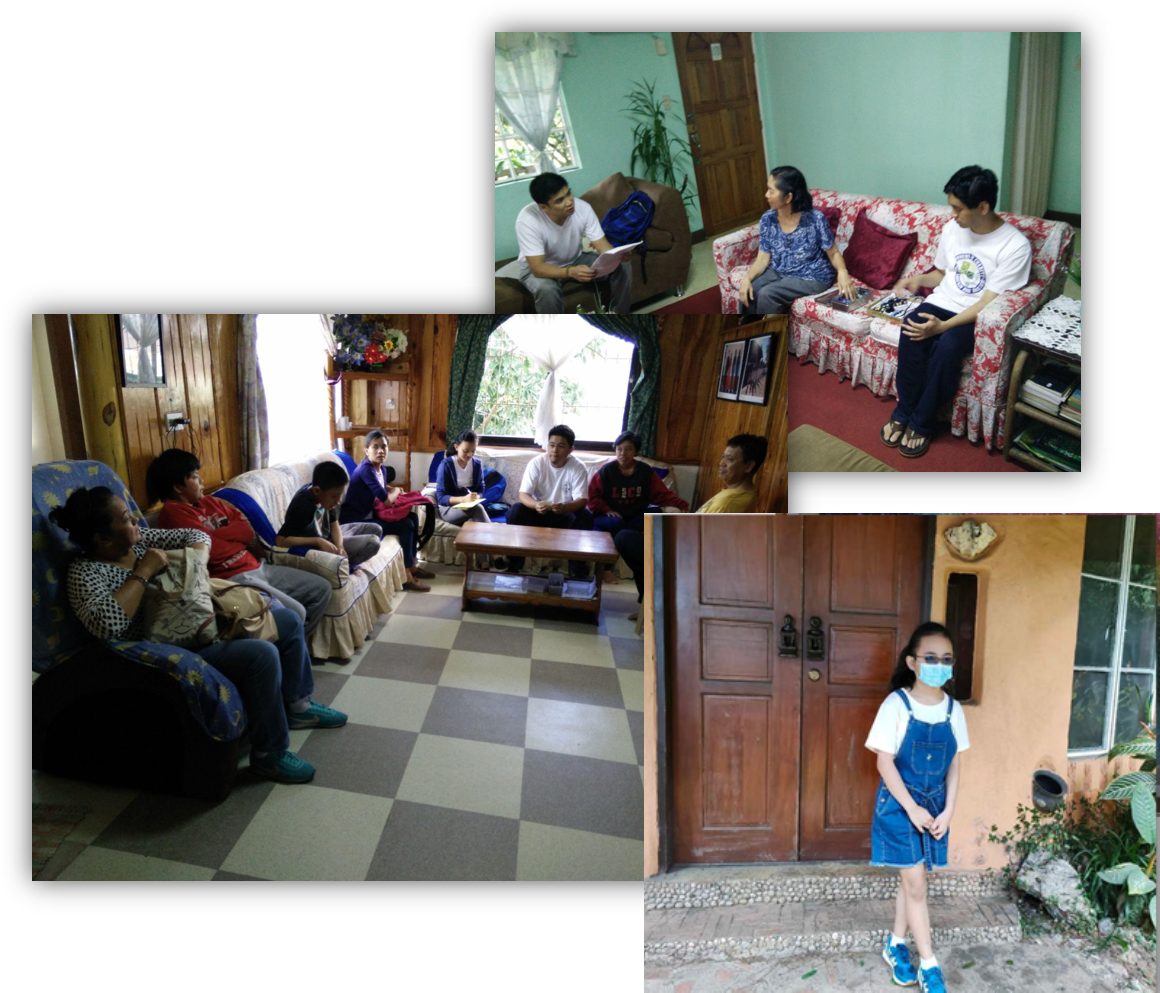
We believe that the Teacher Home Visitation Program can make a real difference. This program is conducted by the teachers twice a year to get the parents involved in their child’s education. It is also meant to understand better the child’s needs, interests and concerns and to establish communication and rapport with the parents. The home visitation program also offers a chance for the parent and teacher to identify needed areas of intervention and to identify resources within the family.